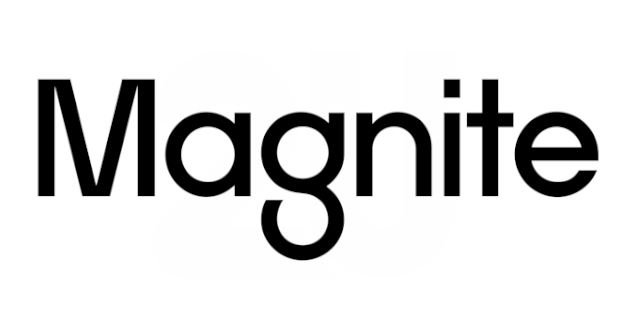
Magnite’s ROIC of 3.19% is significantly lower than its WACC of 16.40%, indicating inefficiency in generating returns over its cost of capital.
PubMatic, Inc. (PUBM) showcases a more favorable financial position with a ROIC to WACC ratio of 0.2315, the highest among its peers.
Several companies in the digital advertising technology sector, including Digital Turbine, Inc. (APPS) and Fiverr International Ltd. (FVRR), have negative ROIC to WACC ratios, highlighting challenges in achieving capital efficiency.
Magnite, Inc. (NASDAQ:MGNI) is a prominent player in the digital advertising technology sector. It provides a platform for publishers to sell their advertising inventory across various channels, including desktop, mobile, and connected TV. Magnite competes with companies like PubMatic, Inc. (PUBM) and Digital Turbine, Inc. (APPS) in the ad tech industry.
In evaluating Magnite’s financial performance, the Return on Invested Capital (ROIC) is a key metric. Magnite’s ROIC stands at 3.19%, which is significantly lower than its Weighted Average Cost of Capital (WACC) of 16.40%. This indicates that the company is not generating returns that exceed its cost of capital, which is a concern for investors.
Comparatively, PubMatic, Inc. (PUBM) shows a more favorable financial position with an ROIC of 2.43% and a WACC of 10.51%. This results in a ROIC to WACC ratio of 0.2315, the highest among its peers. This suggests that PubMatic is more efficient in using its capital to generate returns compared to Magnite.
On the other hand, Digital Turbine, Inc. (APPS) and other peers like Fulgent Genetics, Inc. (FLGT) and fuboTV Inc. (FUBO) have negative ROIC to WACC ratios. For instance, Digital Turbine’s ROIC is -10.77% against a WACC of 11.21%, resulting in a ratio of -0.9607. This indicates these companies are not generating sufficient returns to cover their cost of capital.
Fiverr International Ltd. (FVRR) also struggles with a negative ROIC to WACC ratio of -0.3052, with an ROIC of -2.87% and a WACC of 9.41%. This further highlights the challenges faced by some companies in the industry in achieving capital efficiency.

